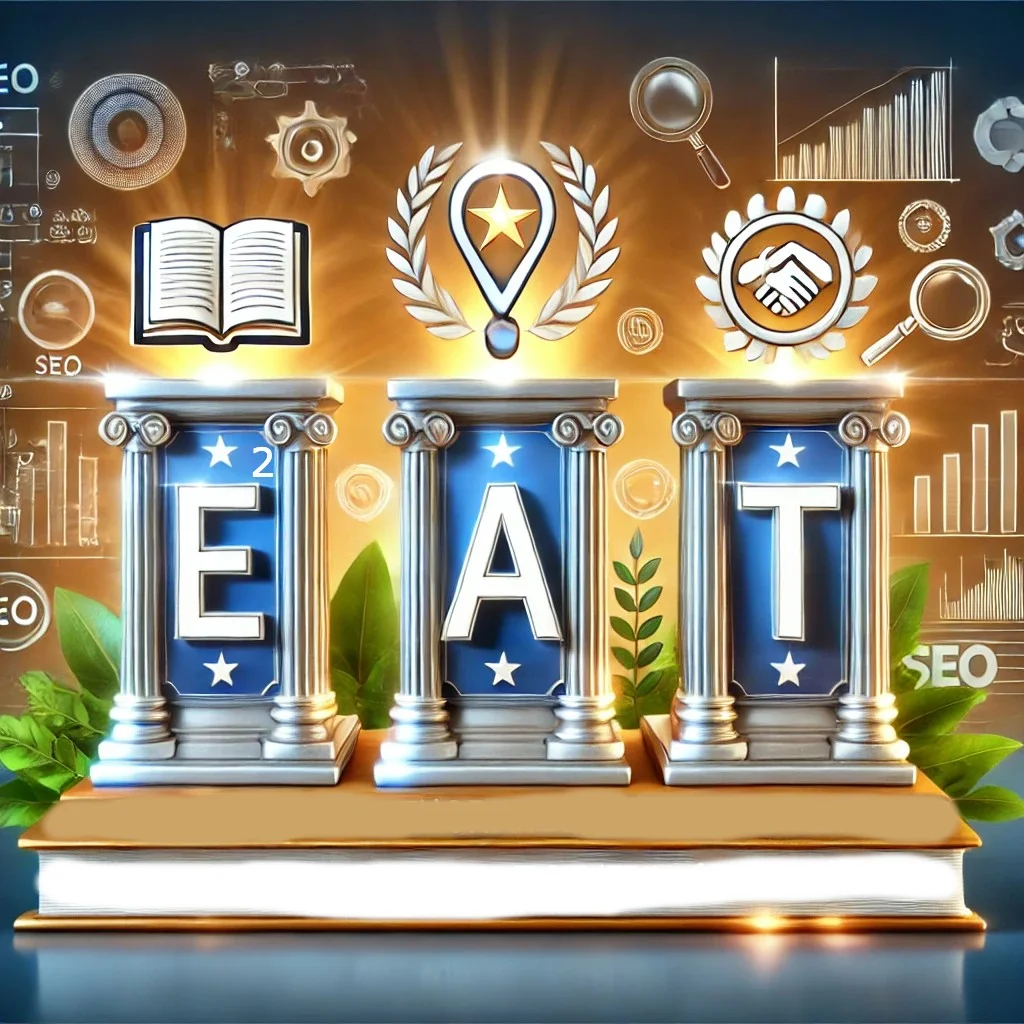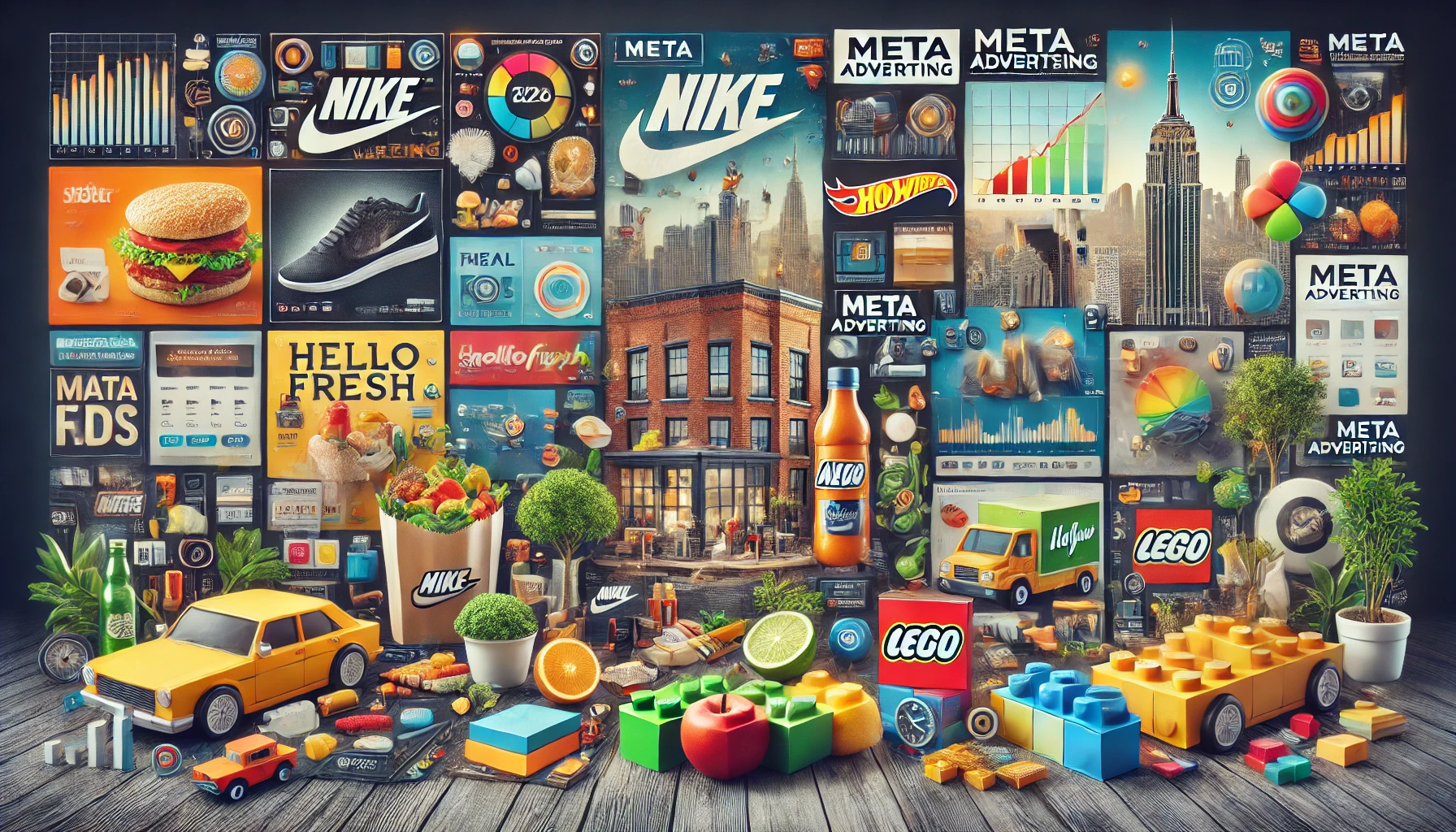Content marketing funnels are hierarchies of online content meant to filter customers through the buying process from awareness to evaluation to conversion.
Content funnels include multiple content types in each stage, with each overall stage meant to send customers on to the next action.
Online content must have an explicit purpose for existing if businesses want to bring in online leads. Content isn’t about pulling a topic out of thin air, quickly publishing it, and hoping it brings in prospects.
To write content for users, you have to think like a user. Do your customers typically make big-money decisions on a whim? Or do they need to educate themselves first?
This is an issue we’re acutely aware of at LSEO. Once we learn about our clients and the audiences that matter to them, we start developing a content marketing strategy that incorporates the content funnel.
Let’s get into how this works.
Why the Content Marketing Funnel Is Necessary
If you’re wondering why it’s necessary for online businesses to structure their content as funnels, think about it for a minute.
If you’ve ever bought something big and expensive, recall the prep work you did prior to pulling out your credit card.
Yes, there is almost always some level of prep work involved in buying something.
Most people are careful with their money, and rightly so. They don’t want to get stuck paying for something that didn’t work out in the end.
So they turn to online resources to help them make those final buying decisions.
Now, users might not notice anything particularly noteworthy about the results they find on Google. They search a question or concern and find content that answers what they want to know.
What users do next is up to them, right?
Sort of.
Your responsibility as the business owner is to engage these website visitors in every piece of content you create, no matter where they fall in the sales funnel.
The purpose of a piece of content won’t always be to drive a conversion. It could be to increase brand awareness. It could be to get a user to see you as the best choice among several competitors.
And buyers can come into your content funnel at any stage. If you’re not ready for them with content that addresses the concerns of buyers in a particular funnel stage, you risk losing the visitor.
This is why the content marketing funnel is necessary. You’ll be producing content that’s relevant to people who are on their own buyer’s journey. Content that interests and engages them has the best chance of guiding them down the funnel toward an action.
With that said, how do you know what sort of content goes into each stage? It’s pretty much the same across all industries. What will differ, of course, is what those content types will mean for your business specifically.
LSEO can help you work out a content strategy like this, one that takes the content marketing funnel into account to capture the most qualified leads and turn them into paying customers in the end.
What Are the Stages of the Content Marketing Funnel?
You’ll find different names for the stages of the content marketing funnel across the Internet.
What you personally want to call them doesn’t really matter. Just remember that the funnel looks like this, with more people coming in at the top and those who actually convert being much fewer:
“Awareness, evaluation, conversion” is a popular set of names, as are “awareness, interest, action” and “discovery, consideration, purchase.”
My own favorite name set is the first one I named, so I’m going to use those terms throughout.
Now, let’s talk about each stage of the funnel and what types of content LSEO can help you create for each one.
Awareness
The awareness stage is where a lot of people come into the fold. If you’re looking for content here that’s going to start getting you phone calls and form-fills, think again.
The awareness stage of the funnel is where your content is going to capture people who have only just realized they need to solve a problem.
Take this example.
A business does moderately well through online sales but wants to increase profits. The owner knows SEO can help with that but knows next to nothing about what’s involved.
The owner searches “what is SEO” on Google and finds a few resources explaining all about search engine optimization.
Let’s say that one of the resources the person read was from an SEO agency. You know SEO agencies exist to sign clients to their SEO services.
But is the agency going to earn that user’s business today? Of course not. The person just found out what SEO is!
However, here is the value of awareness-stage content. It educates and answers user questions while putting the business that created it in the minds of the consumer.
If the SEO primer content that the business owner read was useful and relevant enough, the person will remember the authoritative source that created it.
With all this in mind, here are the types of content that typically appear in top-of-the-funnel content:
- Blog posts
- Infographics
- Videos
- Podcasts
- Social media posts
- E-books
You can see from this list that the content types are informational in nature. They’re where you’d go if you needed to learn something and had an hour or so to sit there and take it all in.
Creating awareness content is going to be where patience comes in for your business. Like I said above, none of this content is likely to drive conversions for you.
And yet, this content ultimately remains necessary for the sole reason that you can’t create paying customers from nothing. They have to be nurtured and guided along.
Being in a position to inform users without necessarily selling to them is still a good thing. Top-of-the-funnel content can drive a lot of traffic to your site, which sends all the right signals to Google that you’re doing this well.
Evaluation
The next stage of the funnel is the evaluation stage.
Within the buyer’s journey that I’ve been referring to, this is the point where consumers know they have a problem and are now looking for a solution.
Whereas awareness-stage content helps users to discover what they need, evaluation-stage content will allow them to look more closely at who is offering those solutions.
The reason is simply that products and services are different across industries. The family lawyer up the street probably works differently from the family lawyer down the street, and yet they both provide the same service.
Businesses can help consumers to make those evaluating decisions by creating content that calls out their supremacies.
And even though a business might have put the work into generating awareness of its brand, that doesn’t mean consumers have to choose that company.
Businesses must convince users that they are the best choice. You can do this by creating evaluation-stage content such as:
- Email newsletters
- Interactive content, such as surveys and quizzes
- Case studies
- Educational resources
- Webinars
Let’s think like a consumer again. Look at those items I listed. For the most part, no one is going to put the time into accessing that kind of content if they aren’t interested in investigating brands.
It takes intention to fill out a form to receive email newsletters.
It takes time to read through a case study detailing a company’s success with a certain client.
The point is that, if people are going through this content, they want to be there.
So here’s your chance to show what makes your business stand out. Highlight how you do things, how your services have made differences in the lives of your clients.
If your business produces SEO content as well as paid media ads, the evaluation stage is also where you’d want to retarget users who have checked out a few pieces of content and then left without taking further action.
In any event, know that the evaluation funnel stage, like the awareness stage, typically does not lead directly to conversions.
But we’re almost there!
Conversion
We finally arrive at the bottom of the content marketing funnel’s inverted pyramid: the conversion stage.
This is where you’ll be creating content that is designed to drive actual conversions, so the stakes are a bit higher now.
Here are some common types of content built for bottom-of-the-funnel users:
- Sales pages
- Product offerings
- Customer testimonials and success stories
- Webinars
- Product spec sheets
Whatever your business’s angle is with its conversion-stage content creation, make sure you talk to users as if they’re about to complete a form or an order, because they are!
Send out emails offering new products or services, promising that they are available right now. Highlight all the good things about your offerings, and make it easy for customers to do what you want them to do.
Keep in mind that, while awareness-stage and evaluation-stage content are geared more toward educating users, conversion content is meant to sound more salesy.
Feel free to make offers, offer coupon codes, tell people when a sale ends, and use the best tried-and-true practices of SEO content, such as by including multimedia designed to engage.
You’re marketing to the right people, so this approach is entirely appropriate.
A Few Other Notes about Content Marketing Funnels
Now that we’ve taken a deep dive on how content marketing funnels should be structured, let me say a few more things about what you can expect as you get into this.
First, know that there’s really no limit to how much content you can produce for each funnel stage. Just make sure to cover a new topic in each content piece.
Naturally, some content is going to become outdated as you stop offering certain products or services. You’ll want to replace this content with new content that does essentially the same thing for your new offerings.
Something else to keep in mind is that, if you’re a brand-new website with no content at all, you’ll want to be sure to have content for all three funnel stages before ramping up your SEO.
If you spend all your time crafting quality awareness content, you might get a ton of traffic, but those people who are now aware of you are just going to leave because you don’t have anything to keep them engaged along their journey.
Similarly, I’ll say again that people can come to your website in any stage of the funnel. A first-time user might be someone who’s ready to evaluate because they’ve been checking out your competitors and now they want to learn about you.
Build up your repository of content for all funnel stages, and you position yourself perfectly to capitalize on this traffic.
Let LSEO Kickstart Your Content Funnel Strategy
Businesses always need to build their content marketing strategies according to the content marketing funnel.
Without the funnel’s structure, you’d be tossing a bunch of ideas up in the air to see what lands. And you’d be wasting a lot of resources that way.
If you want to save time and money by creating content the right way to drive your business’s online visibility and growth, let’s have a conversation.
At LSEO, we tailor our content marketing services for you and your business and always guide you down the path of traffic and conversions.
Get in touch with us today to learn more about our content marketing offerings.



